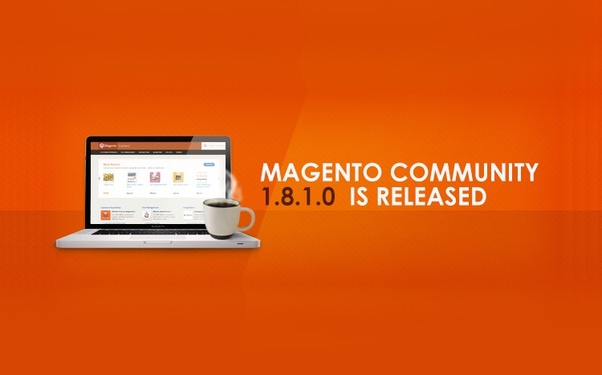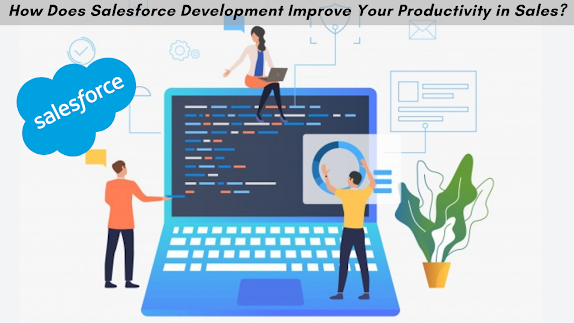Updating your Magento 1.7 or 1.8 to Magento Version 1.9
Updating your Magento not only brings a new look to your store but it also enhances performance and strengthens your site security. If you don’t regularly update your Magento store, it may have issues in functioning and also be prone to cyber-attacks. Before updating Magento development, first, make sure you have a clean backup in place. You also need to test your features and see if they will be compatible with new updates so that you don’t run into technical issues. It is advisable to make sure you update when there is less traffic on the site for the smooth update process.
The Updating Process
After you have set up a backup and save your previous versions files somewhere, it is now safe to start the upgrade. Download your new version 1.9 here https://www.magentocommerce.com/download. Proceed with the following steps.
- Extract all your files from your old version 1.7 or 1.8 and remove from your new version of v1.9.
- Open a new browser, you will get a notification telling you to install Magento 1.9 but don’t bother. Proceed until you reach configuration section and insert the same details you used on your v1.7 or v1.8. This data includes SQL DB Server Hostname, SQL DB details, SQL Server User, Password, Base URL and Admin Path.
- Do n’t even navigate to frontend or backend page. Take your old files and folders now and add them to your new v1.9.
For community Folder installation, simply go to ROOT > app > code > community and you will be done.
To install your Local Folder, proceed to ROOT > app > code > local.
ROOT > media will install your Media Folder in Root Directory
To install your theme Folder, simple follow, ROOT > app > design > frontend > (package name) > your_theme.
For your skin Folder in a Root directory, you need to simply run ROOT > skin.
Module Custom of XML can be hard to install but simply follow ROOT > app > other files > modules > “XML_files”.
After you have finished transferring files and data, delete all contents from ROOT > var > cache and from ROOT > var > sessions to make sure all your processes remain new and clean. Magento e-commerce Development Company can help you with this process if you are not that qualified. If you follow processes perfectly and adhere to the technical requirements precisely, you will have a perfect outcome. visit here:http://www.elsner.com/services/magento-ecommerce-development/.
Author bio:
Author -Harshal Shah
Address-305,306 Iscon Center,
Shivranjani Cross Road, Satellite,
Ahmedabad, India.
Phone number- +91 79 4006 2525


